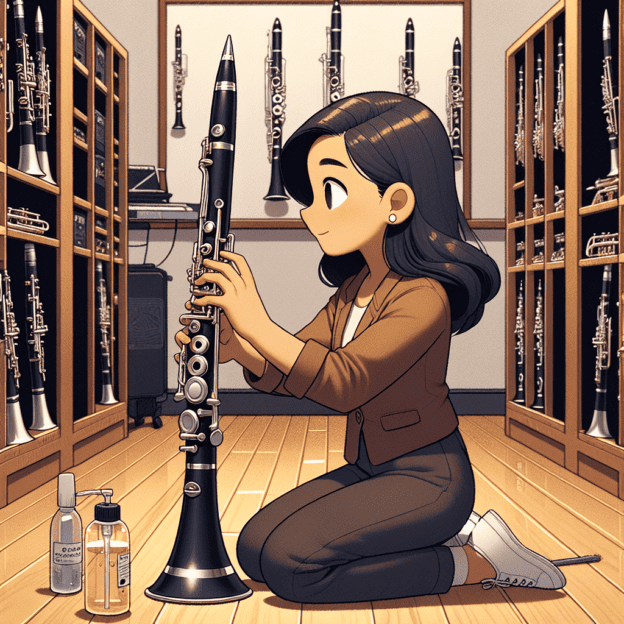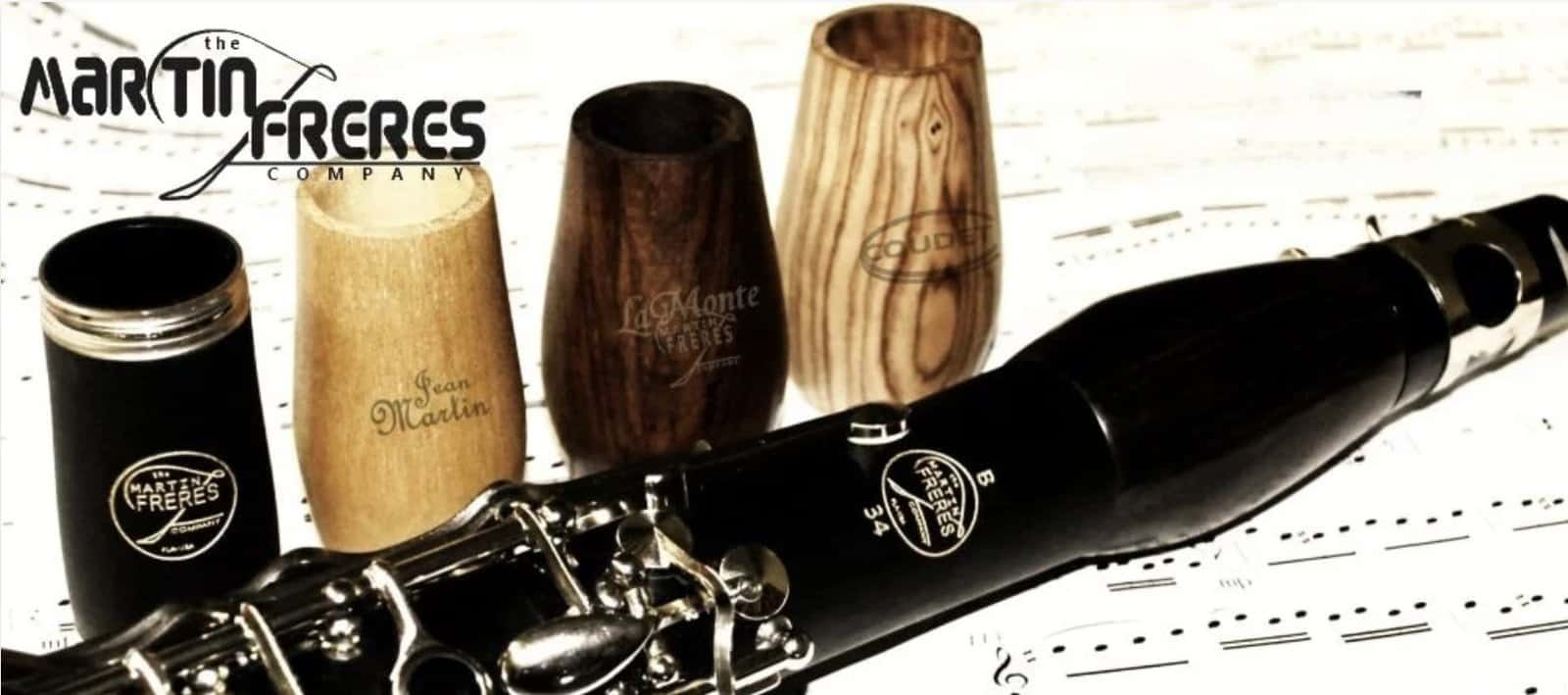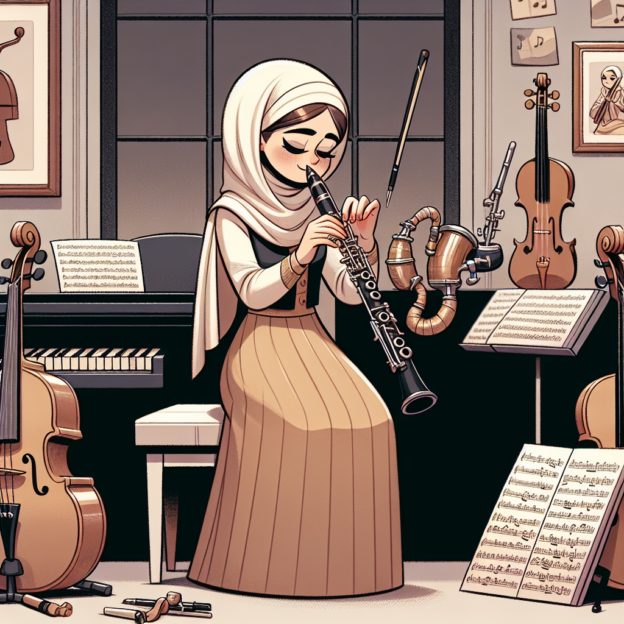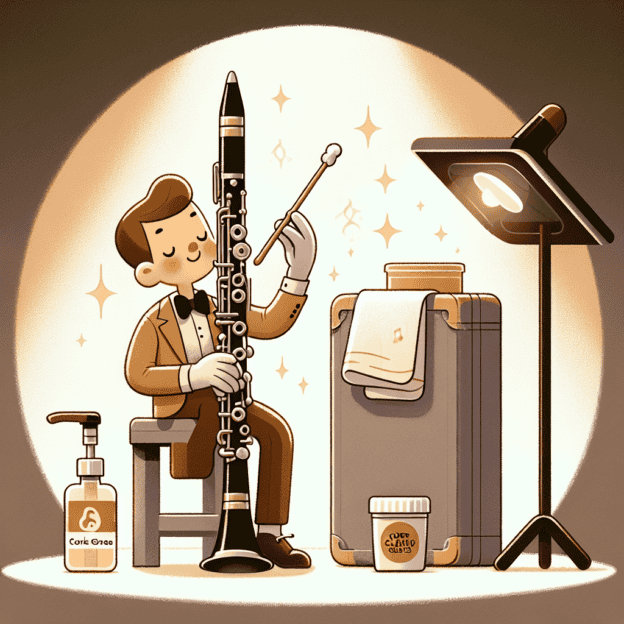As a clarinetist, keeping your instrument in top shape is key to getting the best sound and performance. A good clarinet cleaning kit helps you maintain your instrument and improve your playing experience. Let's explore what goes into a clarinet cleaning kit, how to use it, and why it's so important for musicians. ...






